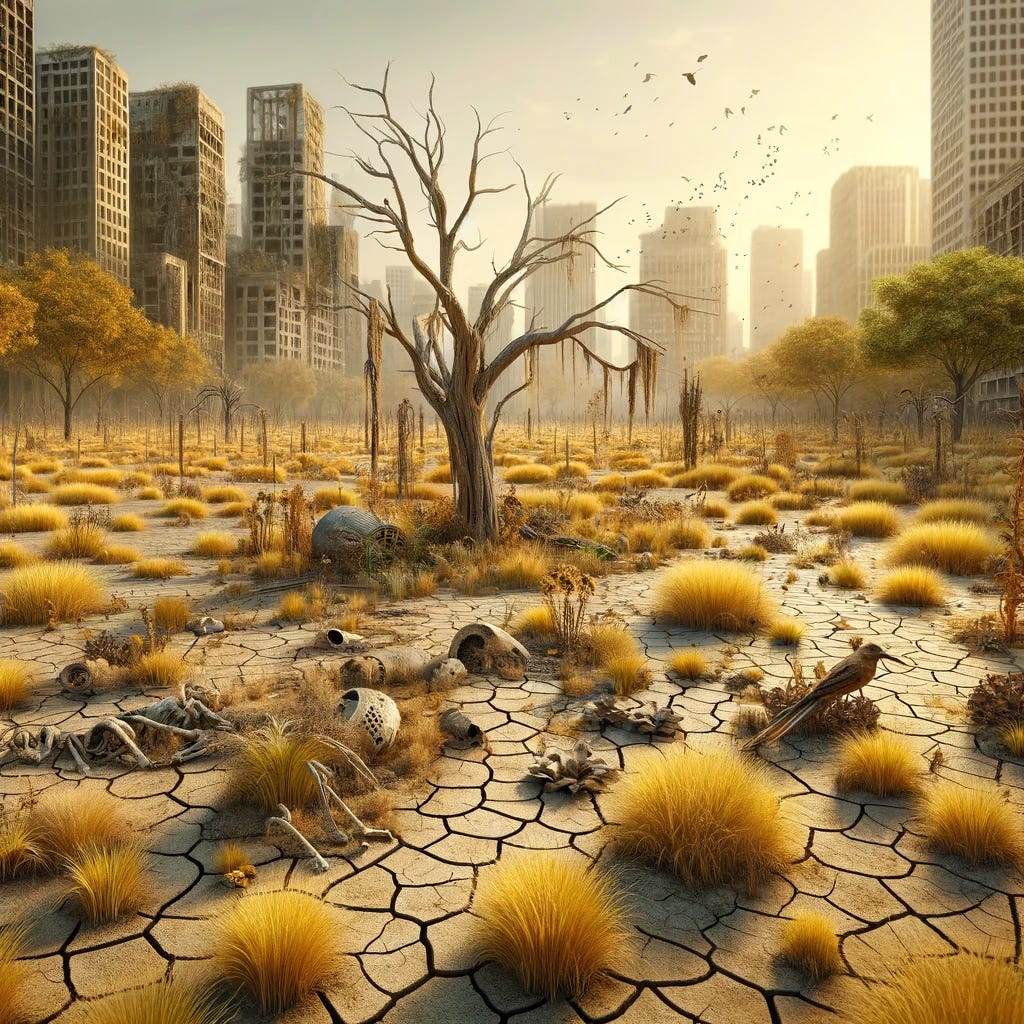How To Make your Garden the Ultimate Wildlife Haven
Part 3 of 'Creating Your Very Own Safari Garden' gives you a bunch of expert tips and techniques for attracting wildlife like never before.
Part 3 of our 4 part series on ‘Creating Your Very Own Safari Garden’ offers computer generated designs, tips and tricks to turn your small garden into a veritable wildlife haven. After all, who wouldn’t want a miniature safari park in their very own back yard? Rewilding the LettsSafari way is not for large wilderness spaces - our smaller-scale rewilding system is engineered for the masses. We believe that this is the best way to make a real climate difference.
Rewilded safari parks and gardens are designed primarily to remove carbon and pollution by naturally restoring the land, plants, fungi and the soil - to do this an army of nature’s foot soldiers are required. These foot soldiers are the wildlife we have so pointlessly decimated. Last year’s State of Nature report shows that 16% (or one in six) of 10,000 species assessed are at risk of being lost from the UK. This figure is much higher for some groups such as birds (43%), amphibians and reptiles (31%), fungi and lichen (28%) and terrestrial mammals (26%). Something needs to be done.
We can change this in our own gardens, community spaces and on our terraces. First, we need to put ourselves in the shoes of the wildlife we would like to attract back. We can visualise what animals see when they visit our current, mostly barren green spaces. Gravel, paving stones and overly mowed lawns look like an empty desert. A house or shed looks like a barren rock. Dead or dying trees look like wooden posts. We need to bring these vital spaces back to life.
If enough of us restore our gardens to nature, if we shed the current minimalist approach to garden design and embrace a new shabby chic approach that puts the wild back into our small green spaces, we can bring nature and wildlife back. One garden at a time.

Creating a safari garden is all about implementing a dynamic natural ecosystem design that includes wild grasses, wilder plants, wildflower, shrubs for pollinators and thicker shrub for cover plus a few small, strategic trees. These need to be enhanced with a miniature pond, a log pile and a rock pile. And that’s it! That is all you need. As always, the devil’s in the details - and LettsSafari will bring these to you - one step at a time. One video, one photo, one computer-generated design. And soon we’ll add group chat and direct messaging for your more specific questions.
If you have a question about garden rewilding just put it in a comment!
From one pot, to one garden, a verge, roundabout, small park, medium and large park. Optimised from a small terrace to a 1,000 acre park. This is the span of smaller-scale rewilding and our system covers the gambit. The more subscribers we get - the more parks we create. And the more safari parks we build the more our system expands and improves. It’s kind of circular, and it’s up to you.


The difference between rewilding and wildlife species-specific conservation is rewilders create a wider ecosystem to remove carbon and restore wildlife. Whereas wildlife experts focus on specific slithers of habitat designed for a specific endangered creature. One is top down - the other bottom up. Both are necessary. We give you details about both - first macro habitats, then micro-habitats.





